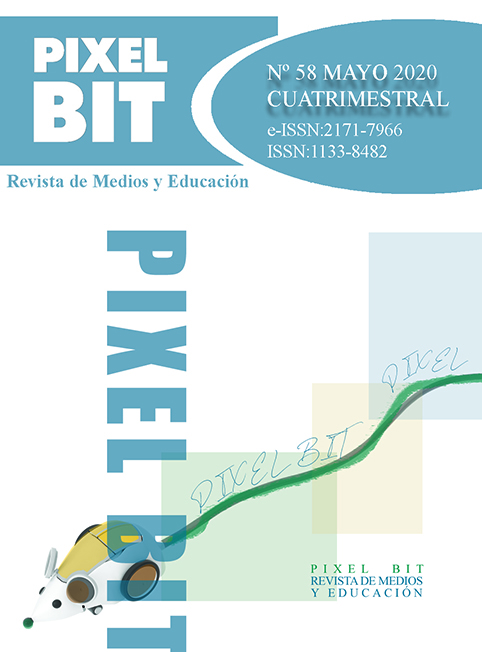Abstract
Using the Gephi software to represent social networks, perceptions to Mathematics and its teaching of a group of 196 students of the Primary Education degree were studied, who were asked to narrate their experience as students. From the texts obtained, representations in form of networks of the categories of analysis found were created in an automated way, highlighting the most important and the interrelationships between them. The analysis of the networks allowed identifying the conceptions and feelings group's about Mathematics and their expectations as future teachers, in which they highlighted their experiences with good and bad teachers. This is a novel research in educational research, of which there is little comparable background, in which social network analysis software is used for text analysis and the representation of large amounts of qualitative data.

